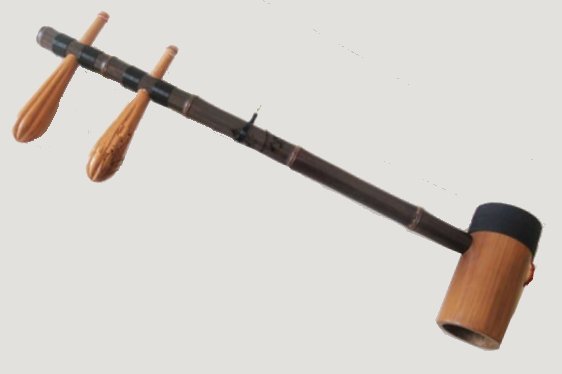
|
Chinese Musical Instruments - Instrument 8
Jinghu - Bowed String Instrument
The Jinghu is popularly called as huqin. Its high pitch and vigorous tone is
considered an ideal accompaniment to Beijing opera, in which the Jinghu
performs the melodies. With the development of Pihuang Qiang, one of the four
major tone systems of Chinese local operas, the Jinghu came to be standardized
in about 1790 during the reign of Emperor Qianlong of the Qing dynasty.
|
| Jinghu - Bowed String Instrument | |
| ⇦ Back to Instrument 7 Return to Thumbs Page 1 On to Instrument 9 ⇨ | |